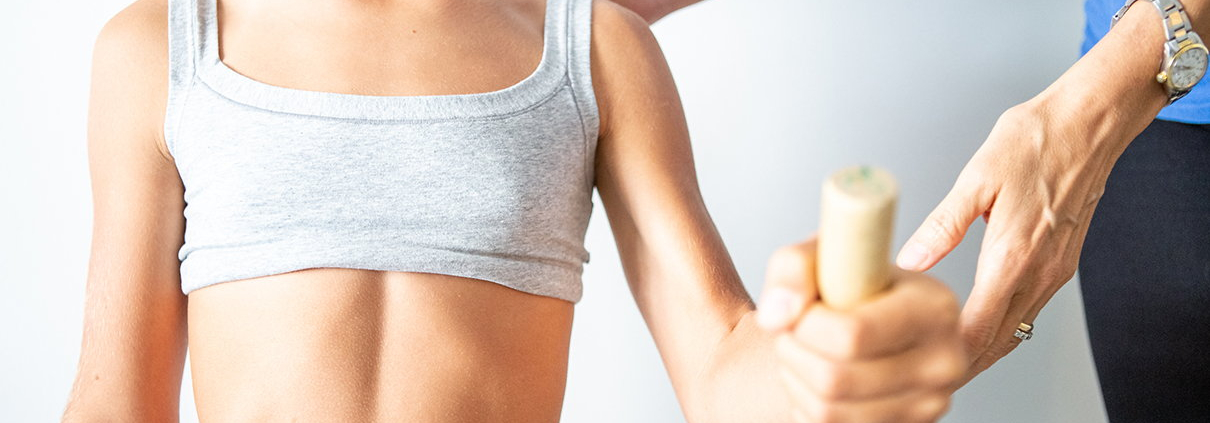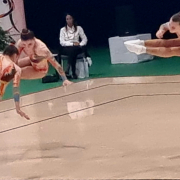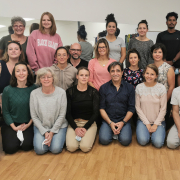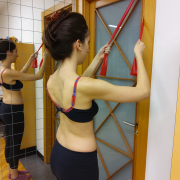SEAS: A New Study Demonstrates Its Greater Effectiveness Compared to Other Methods
The SEAS approach, developed over 20 years ago by ISICO in Italy, has emerged as the most effective in reducing the Cobb angle, according to a significant meta-analysis recently published by Wang et al., “Comparative efficacy of six types of scoliosis-specific exercises on adolescent idiopathic scoliosis: a systematic review and network meta-analysis” (2024).
This study compared six of the most widely used scoliosis-specific exercise methods worldwide for adolescent idiopathic scoliosis: SEAS (Italy), Schroth (Germany), DoboMed (Poland), Side-shift (United Kingdom), Active Self-Correction (Italy), and FITS (Poland).
It is important to note that various exercise-based scoliosis treatment methods and approaches originated in Europe in the last century and have since spread globally. While the effectiveness of bracing in preventing scoliosis progression and the need for surgery is well-documented, the definitive effectiveness of specific exercises has yet to be fully proven.
Out of 465 studies initially identified in the meta-analysis, only 24 met the rigorous inclusion criteria, analysing a total of 1,069 subjects. The meta-analysis highlights that SEAS achieves the best results in reducing the Cobb angle, while Active Self-Correction and the Schroth method are more effective in reducing the Angle of Trunk Rotation (ATR) and improving quality of life.
SEAS exercises themselves are based on an active form of self-correction, enabling SEAS to deliver positive results on multiple fronts: reducing both the Cobb angle and ATR, while also ensuring a good quality of life for the patient. This was confirmed by a study published a few years ago, “Specific exercises reduce the need for bracing in adolescents with idiopathic scoliosis: a practical clinical trial”, which also contributed to lowering the risk of requiring a brace and/or experiencing scoliosis progression.
“These results confirm the importance of the SEAS approach in the conservative management of adolescent idiopathic scoliosis,” says Alessandra Negrini, physiotherapist at ISICO. “However, for SEAS to be definitively recognised as a treatment capable of altering the natural progression of scoliosis, further high-quality studies with long-term follow-ups are needed.”
This study marks a significant step forward in research on the effectiveness of scoliosis-specific exercises. The findings are encouraging and reinforce the importance of an evidence-based approach in the conservative treatment of adolescent idiopathic scoliosis.











Leave a Reply
Want to join the discussion?Feel free to contribute!